PROTECT YOUR DNA WITH QUANTUM TECHNOLOGY
Orgo-Life the new way to the future Advertising by AdpathwayOverhead irrigation is a quick and easy way to water a large garden filled with veggies or a front yard packed with newly planted flowers. Just switch on the hose and watch the water fly through the air in small droplets that mimic a gentle rain.
Sprinklers are perfect for watering directly seeded crops, lawns, and plants that don’t mind getting wet. While this type of irrigation isn’t necessarily bad, some plants hate the sprinkler. This irrigation method wets plant leaves, increasing the odds that they’ll develop harmful diseases.
So, how do you know when it’s okay to grab the sprinkler and when you reach for another type of irrigation? I’ll cover a list of common plants that hate overhead watering and share better ways to get your crops the water they need.
Tomatoes
 Slightly damp soil keeps leaves and fruits happy.
Slightly damp soil keeps leaves and fruits happy.If you’re like me, you spend the early days of summer counting down the days until you can enjoy your first ripe tomato. Whether you’re after sweet ‘Sun Gold’ fruits that you can snack on in the garden or juicy ‘Cherokee Carbon’ that you can slice onto a sandwich, there’s no replacing the flavor of a homegrown tomato.
One of the most important aspects of growing tomatoes is providing the proper amount of water. The plant’s water needs vary depending on factors including its life stage, the air temperature, and humidity. Providing your plants with a consistent supply of water that keeps the soil slightly moist allows the plants to form healthy foliage and fruit.
Problems with Sprinklers
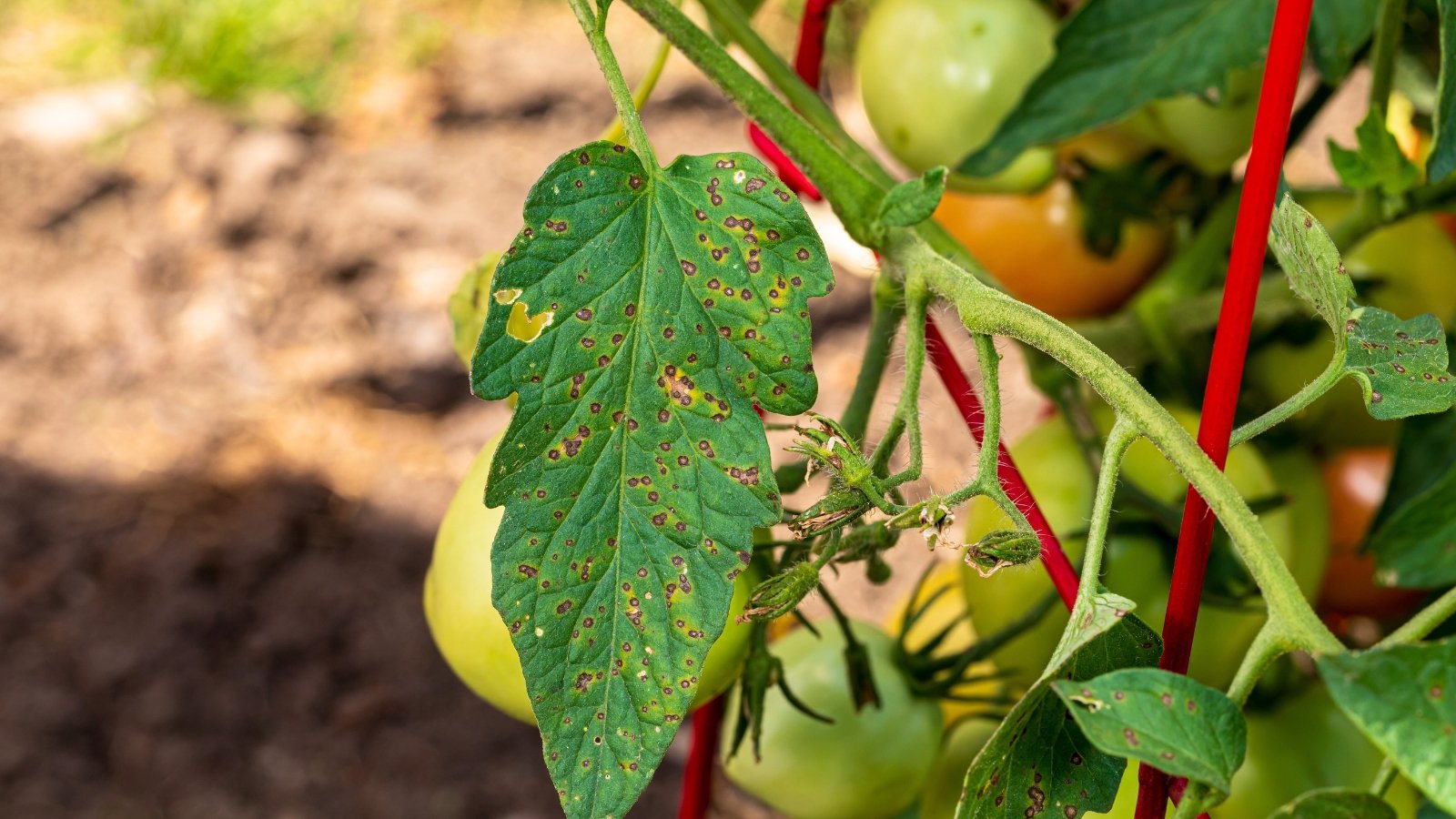 Damp leaves invite trouble when weather stays warm.
Damp leaves invite trouble when weather stays warm.Using sprinklers to water your tomatoes can cause numerous problems, ranging from ugly spotted leaves to foliage that turns yellow and dramatically drops from the plant. All of these symptoms point to diseases that are more likely to occur when foliage remains moist.
Many fungal and bacterial diseases are more likely to occur when the humidity around tomato leaves remains high. This high moisture, coupled with warm temperatures, allows pathogens to infect the plants and spread. Bacterial spot, Septoria leaf spot, and anthracnose are a few common tomato diseases that are more likely to occur on wet foliage.
Another reason these plants hate sprinklers is that the heavy water droplets cause soil particles to splash up and onto the leaves. This splashing may seem harmless, but these tiny particles can cause plants to become infected by soil-borne diseases, including early blight, Fusarium wilt, and Verticillium wilt.
When you combine the danger of high humidity with splashing soil, it’s easy to understand why tomato plants hate the sprinkler and other types of overhead irrigation. If you’ve ever noticed your tomatoes quickly take a turn for the worse after a heavy rain, you know what I’m talking about!
Alternative Watering Methods
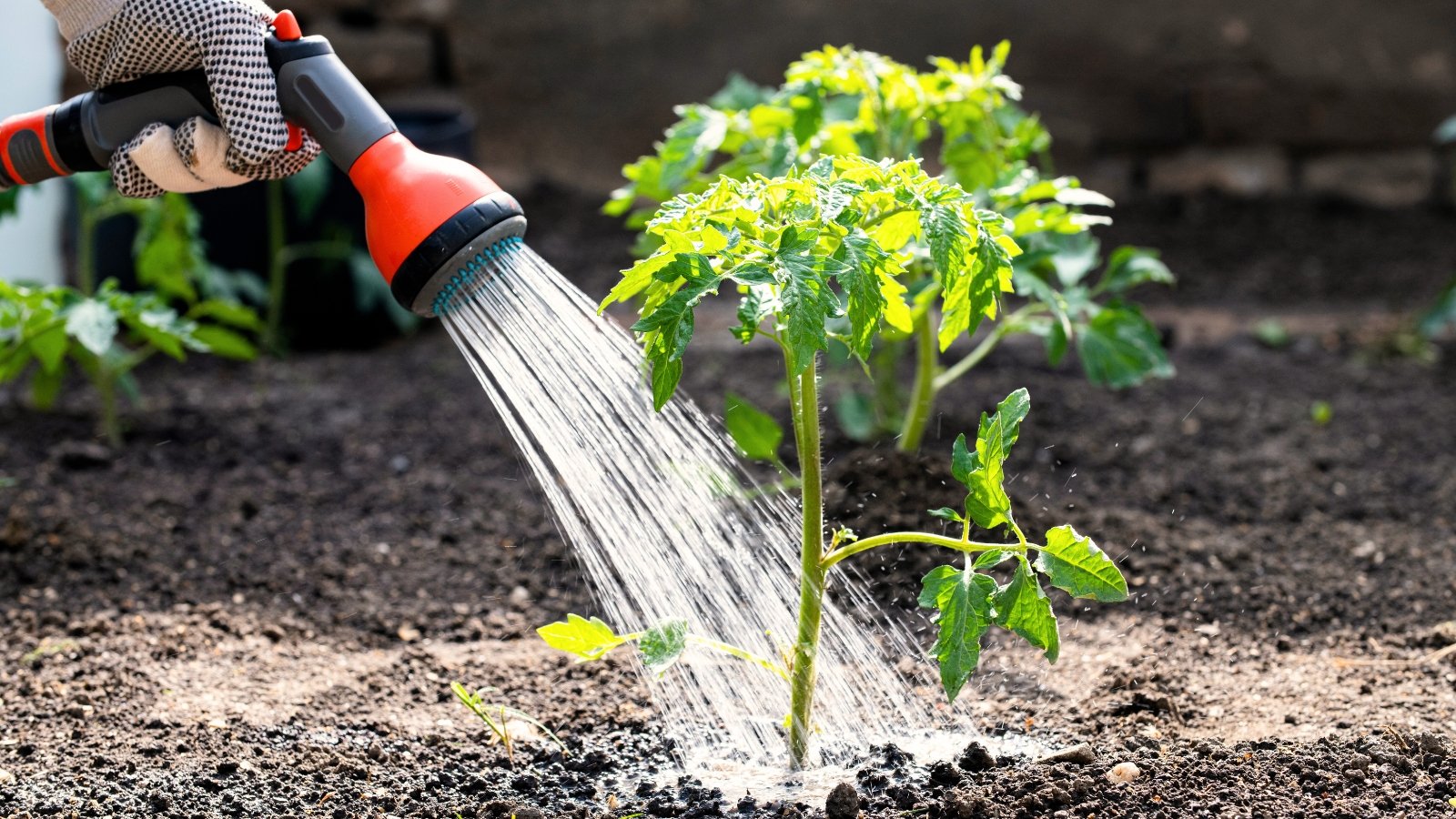 Gentle watering of the soil lets foliage stay safe.
Gentle watering of the soil lets foliage stay safe.Fortunately, there are other ways to provide your tomatoes with the water they need. Any option that applies water directly to the soil surface is acceptable. Remember, you’re aiming to keep the foliage dry and prevent soil from splashing on the leaves.
Watering the base of your plants with a slowly flowing hose or watering can is one option. This method works well if you only have a plant or two and want to keep things simple. A slow stream of water is key to allow the water to infiltrate and prevent soil splash.
If you’re working at a larger scale, you may want to install a drip irrigation system. This system relies on drip tape that slowly and steadily delivers water to the soil. All you have to do is switch on the faucet, set a timer, and walk away.
Cucumbers
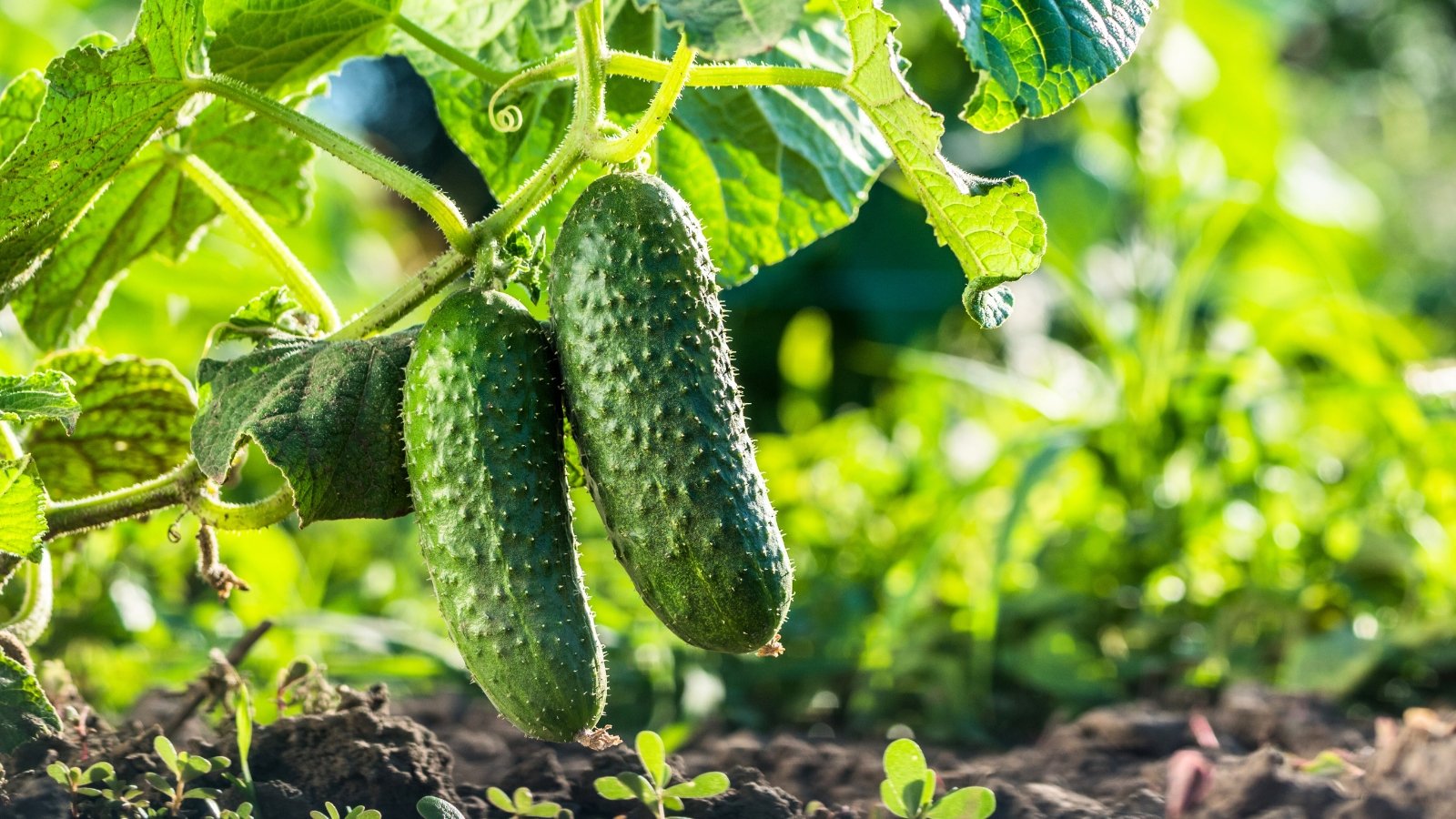 Plenty of sunlight brings vibrant, productive trailing plants.
Plenty of sunlight brings vibrant, productive trailing plants.Healthy cucumber plants are some of the most productive summer plants, providing us with weeks of flavorful and crunchy cucumbers. Unfortunately, pests and diseases can quickly cause setbacks, diminishing harvests, and even killing the plants.
Full sun, fertile soil, and excellent drainage are all key parts of growing healthy plants. Choosing the proper watering method is another way you can help keep these trailing plants healthy.
Problems with Sprinklers
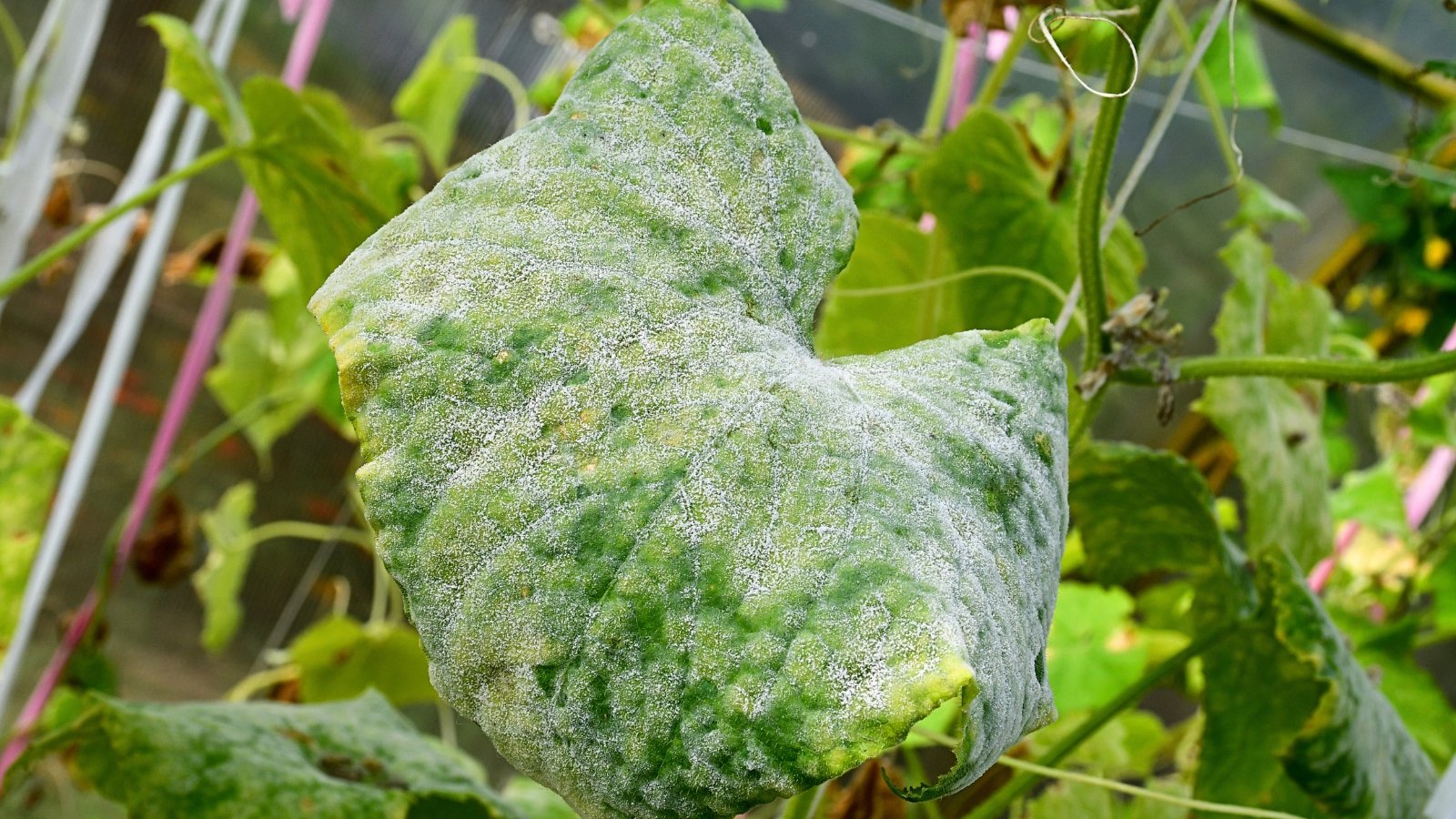 Disease risk rises when water clings to foliage.
Disease risk rises when water clings to foliage.The main reason these plants hate the sprinkler is that it can encourage disease. Cucumbers are susceptible to both powdery mildew and downy mildew, both of which are more likely to occur when the area around the foliage remains moist. When the fungal spores land on a wet surface, they germinate and subsequently infect the plant.
If you’re dealing with cucumber beetles, one organic control method involves spraying the leaves of your plant with kaolin clay. This clay acts as a protective barrier and prevents the pests from feeding. Sprinklers wash off this coating, rendering it ineffective.
Alternative Watering Methods
 Direct water to the base, avoiding wet leaves.
Direct water to the base, avoiding wet leaves.Rather than turning on your sprinkler, choose a watering method that keeps the leaves dry. If you still want to water your plants by switching on the faucet and walking away, you can utilize drip irrigation or a soaking hose. Place these slow watering devices near the base of your cucumber and water for 30 to 60 minutes a few times a week.
You can also use a watering can or hose to water your cucumbers. Instead of holding them above your plant, place them near the cucumber’s stem and slowly water to allow the water to soak into the ground.
Dahlias
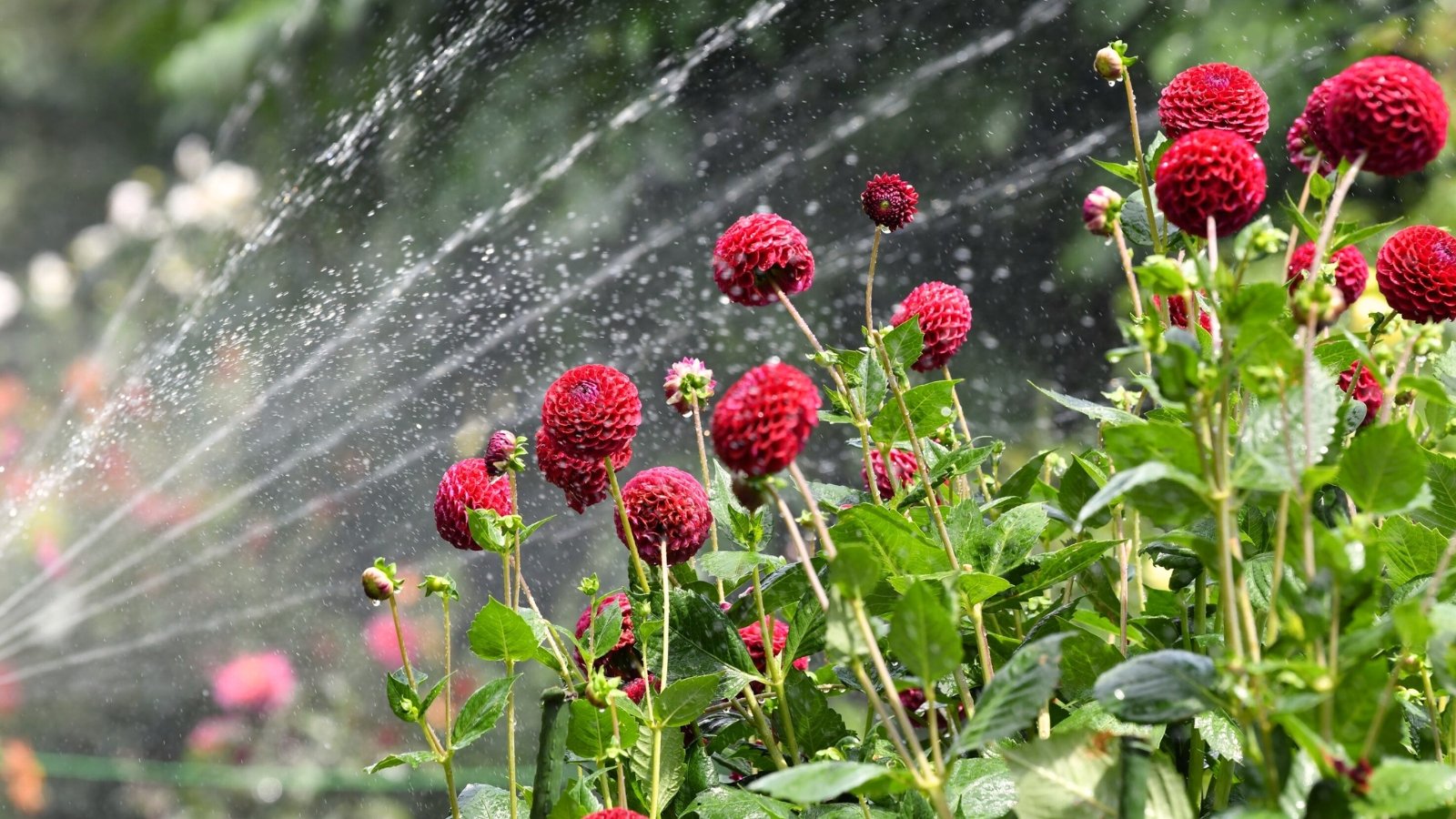 Healthy blooms appear when roots get gentle watering.
Healthy blooms appear when roots get gentle watering.Dahlias aren’t the easiest or cheapest flowers to grow, but when you get them right, this crop makes all the time and money worth it.
Healthy dahlia plants can produce new blooms for multiple months, so spending time maintaining healthy plants is worth the effort. I love the slightly tapered, peachy petals of ‘Terracotta’ blooms, but you can find dahlias in hundreds of different shapes, colors, and sizes.
These plants grow from a tuber, so keeping the soil adequately moist is key to successful sprouting. Once the plants emerge, you want to keep the soil moist but foliage dry to keep the plants healthy.
Problems with Sprinklers
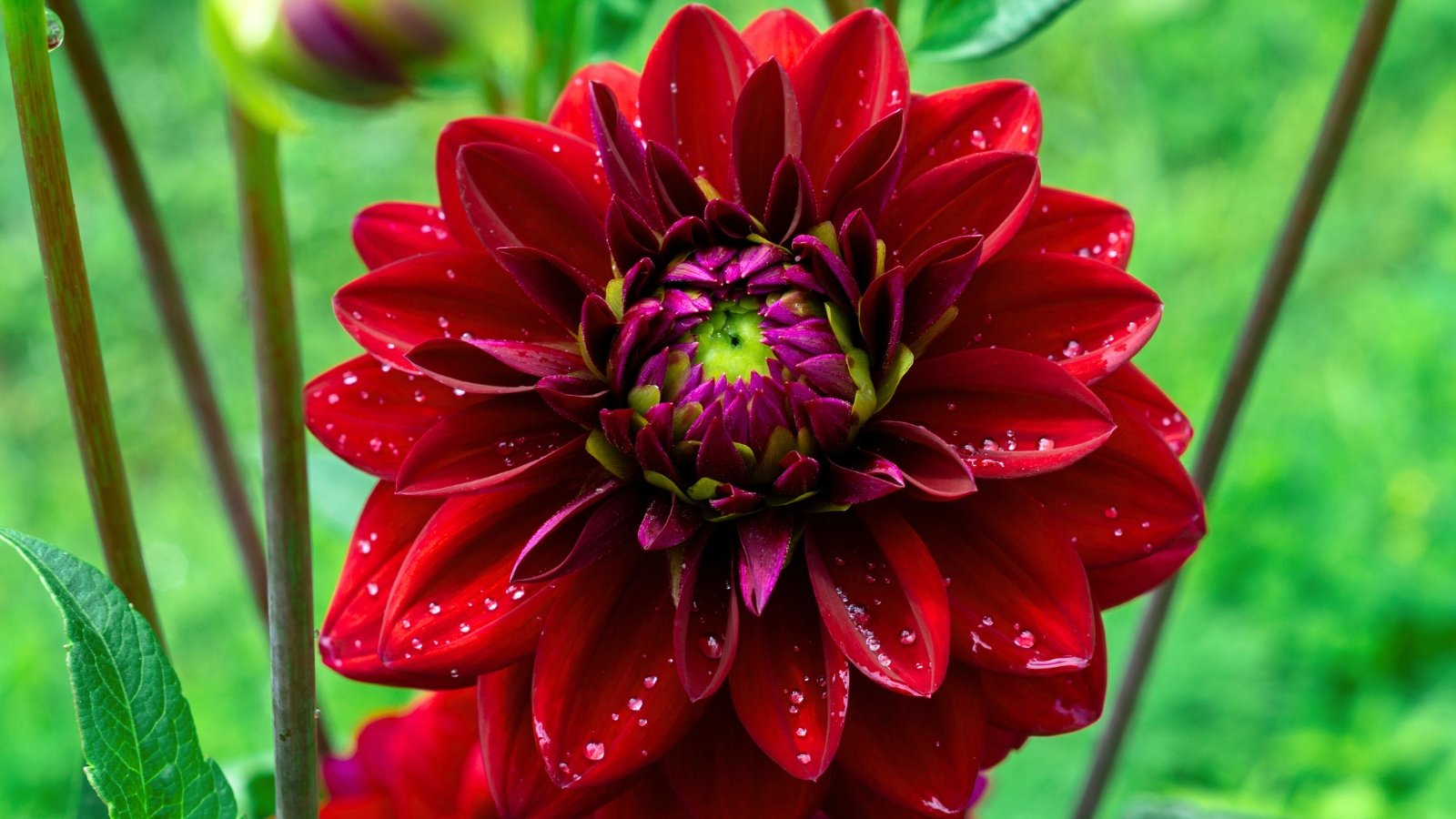 Flowers last longer when leaves stay pleasantly dry.
Flowers last longer when leaves stay pleasantly dry.Dahlias are susceptible to numerous diseases, many of which are more likely to occur when their foliage is moist. Powdery mildew, Fusarium wilt, and Verticillium wilt are a few diseases that like wet conditions.
Sprinklers also lead to wet flowers that are more likely to become brown. Even a small patch of discolored petals can severely shorten the flower’s vase life.
Alternative Watering Methods
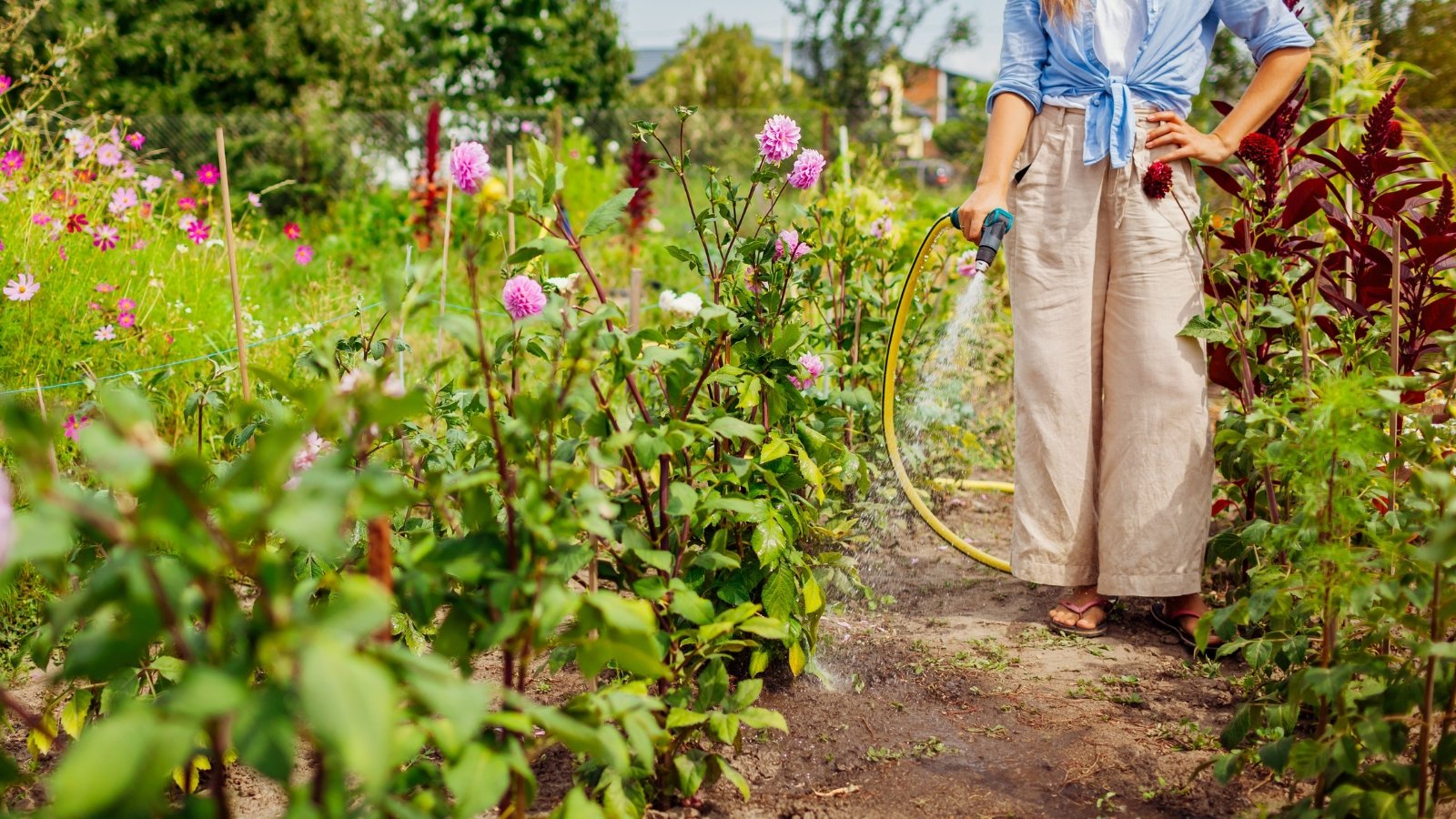 Gentle watering at the roots keeps foliage happily dry.
Gentle watering at the roots keeps foliage happily dry.Drip irrigation is once again your friend! A line of drip tape or a soaker hose gently applies water to the base of the plants, moistening the soil while keeping the leaves dry.
You can also water with a can or hose. Just make sure to slowly water near the ground to keep the leaves dry and free from any splashing soil.
Zinnias
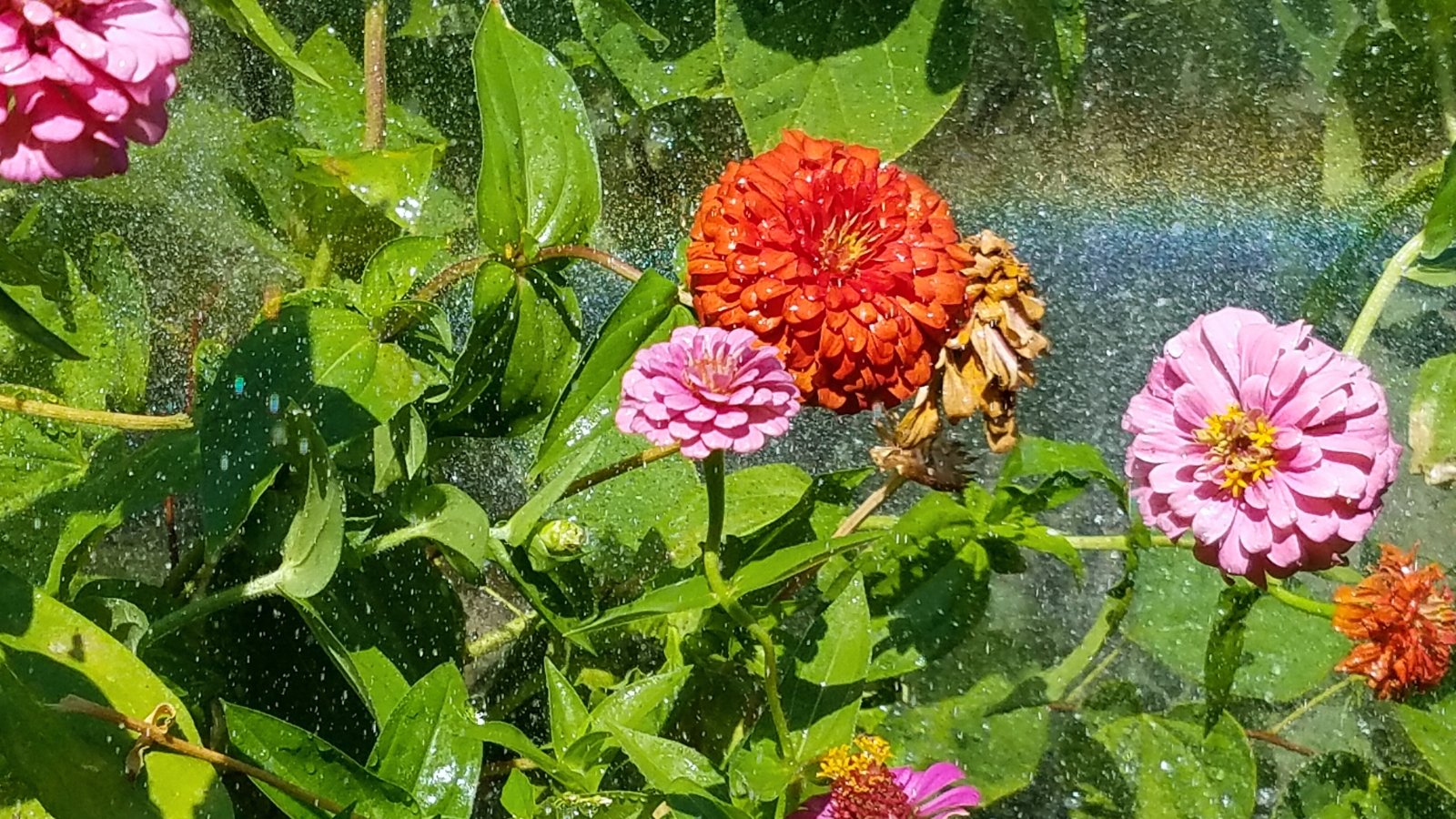 Avoid wet leaves to prevent pests and disease.
Avoid wet leaves to prevent pests and disease.Zinnia plants’ colorful and continuous blooms make them one of the most popular garden flowers. Although they’re generally easy to grow, the plants are susceptible to diseases and pests. Chewed flowers, spotted leaves, and browning buds can all pop up when you ignore plant health.
The growing environment plays a significant role in how well your zinnias will perform, but so does the care you provide. Watering too much, too little, and in the wrong way can all lead to unhappy plants and lackluster blooms.
Problems with Sprinklers
 Dampness encourages powdery mildew and faded petal colors.
Dampness encourages powdery mildew and faded petal colors.Like with the other plants on this list, disease is the primary reason these plants hate the sprinkler. Overhead watering causes the foliage to remain wet and increases humidity around the entire plant. These conditions make it more likely for powdery mildew, alternaria blight, and other zinnia diseases to occur.
Sprinklers can also wreck previously beautiful blooms, causing vibrant yellow, pink, and orange flowers to turn ugly shades of brown. This damage is especially devastating if you want to cut the stems to bring inside.
Alternative Watering Methods
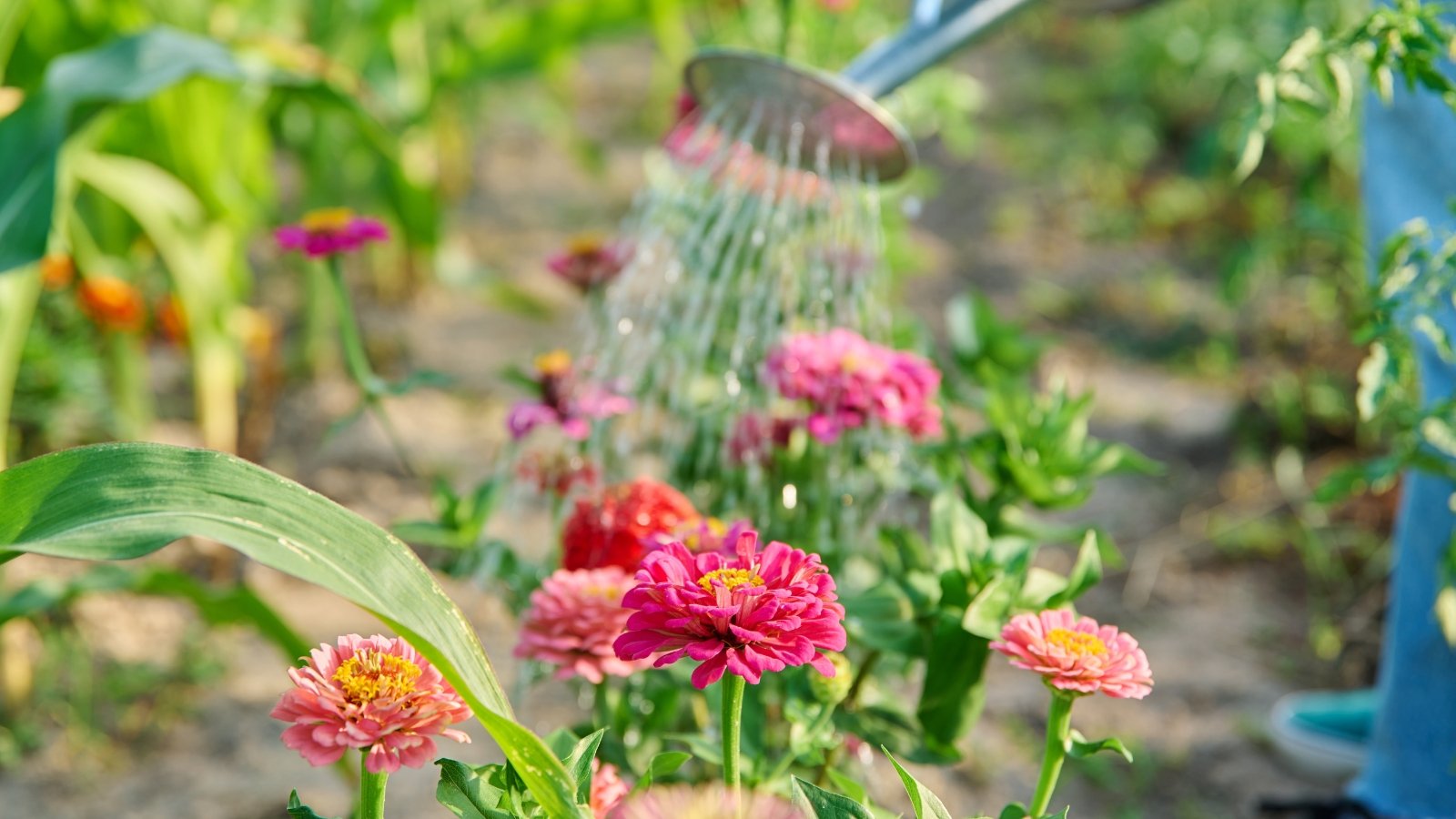 Slow soaking near stems encourages healthy, thriving flowers.
Slow soaking near stems encourages healthy, thriving flowers.Watering near the base of the zinnia plants is the best way to keep these plants that hate sprinklers hydrated. Small plants require water more often since they haven’t developed robust roots. As the plants grow larger, you can water deeply once or twice a week.
Gently watering the ground around the plants with a watering can or hose works just fine. However, if you’re growing a whole bed of zinnias, installing a drip irrigation system or soaker hose will save you time and simplify the irrigation process.
Squash
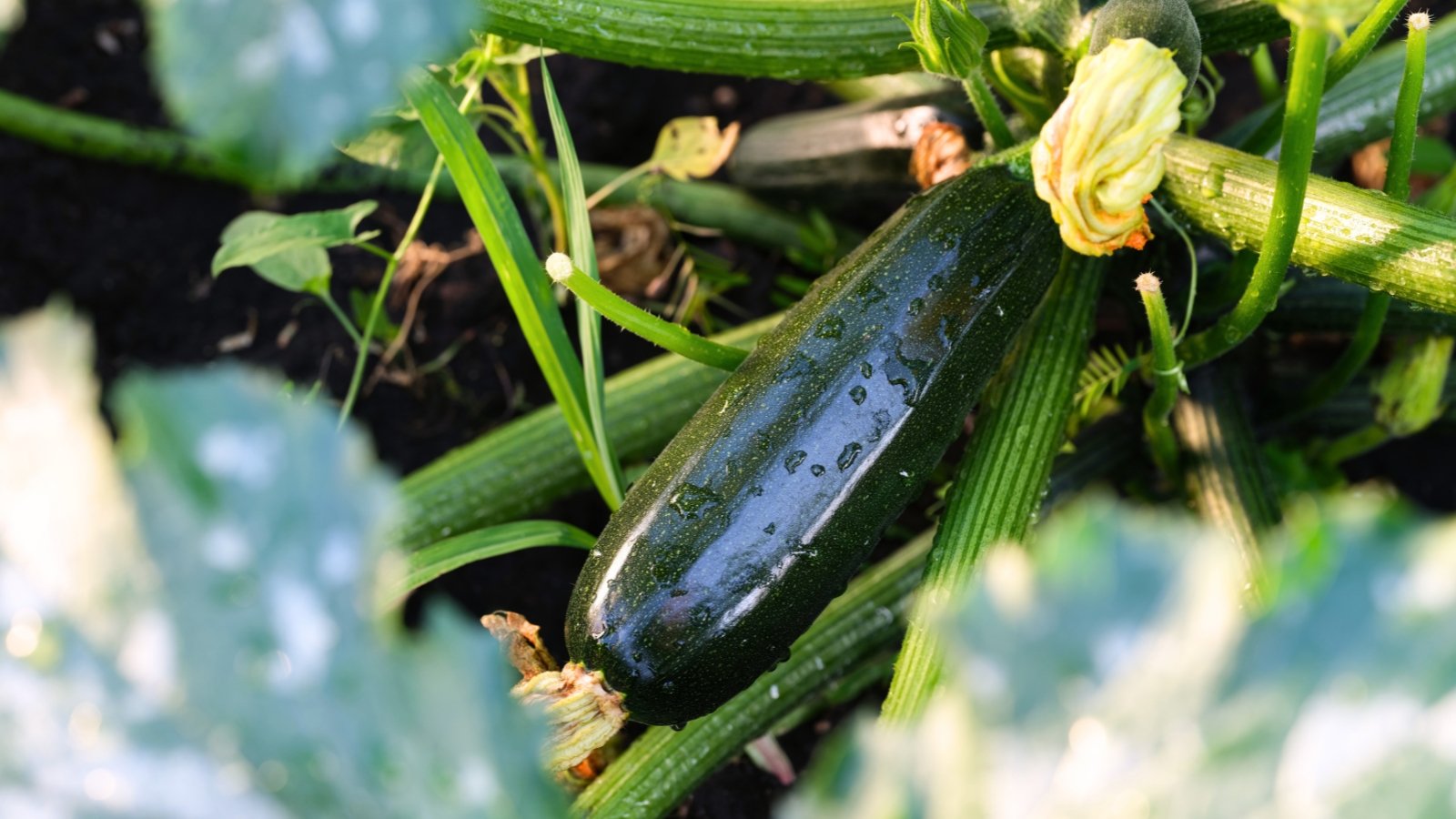 Compact or trailing, all squash enjoy plenty of sunlight.
Compact or trailing, all squash enjoy plenty of sunlight.Just about everyone can find a squash they like. Green zucchini are perfect for those who want to stick to the classics, starchy winter squash speak to people who like things sweet, and tender pattypan are perfect for gardeners who are looking to try something new.
Regardless of whether you want a compact plant for your raised bed or trailing plants that will take up your entire market garden, you can find a squash for you. Squash fall into a few different species, but they’re all members of the Cucurbita genus. This commonality means most of these plants are susceptible to the same diseases and prefer similar growing conditions.
High fertility, warm weather, and good airflow all help squash remain healthy. Implementing the proper watering practices will also help keep the plants healthy.
Problems with Sprinklers
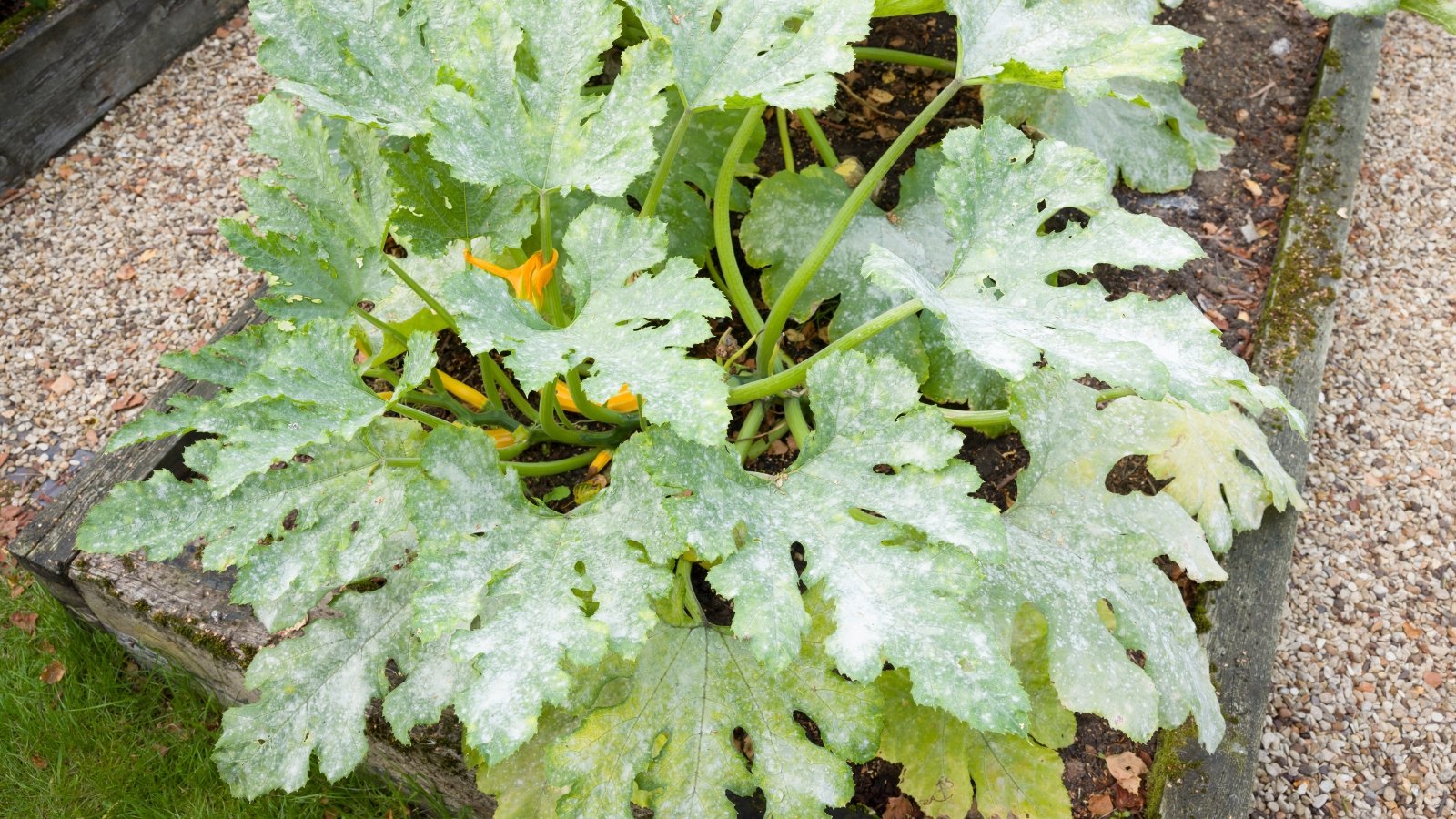 High humidity encourages powdery mildew to take hold.
High humidity encourages powdery mildew to take hold.Like with many plants that hate sprinklers, disease is the central issue that results from overhead watering. Powdery mildew and downy mildew are two common diseases that can become a problem when foliage remains moist.
Downy mildew is most likely to occur when conditions are moist and below 70°F (21°C), so it often pops up in the spring and as summer fades to fall. Yellow blotches on the leaves are usually the first symptoms you’ll notice, but the disease can kill entire leaves as it spreads.
Powdery mildew can occur at higher temperatures, but it also thrives in high humidity. The plants appear to become covered in a powdery, white substance.
Alternative Watering Methods
 Soaker hoses keep roots consistently and evenly wet.
Soaker hoses keep roots consistently and evenly wet.Since squash leaves grow so large, it can be challenging to use a hose or watering can to water the base of the plant. That’s why I recommend using drip irrigation to water these plants.
Drip tape works well if you’re growing more than a few plants or don’t mind setting up an entire irrigation system. If you want to keep things simple, a soaker hose works fine. Since healthy squash plants cover the soil and trap soil moisture, plan to irrigate deeply one to three times per week.


 7 hours ago
2
7 hours ago
2

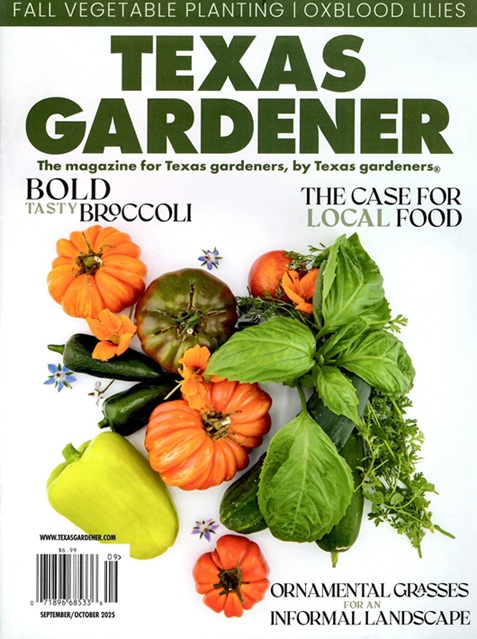
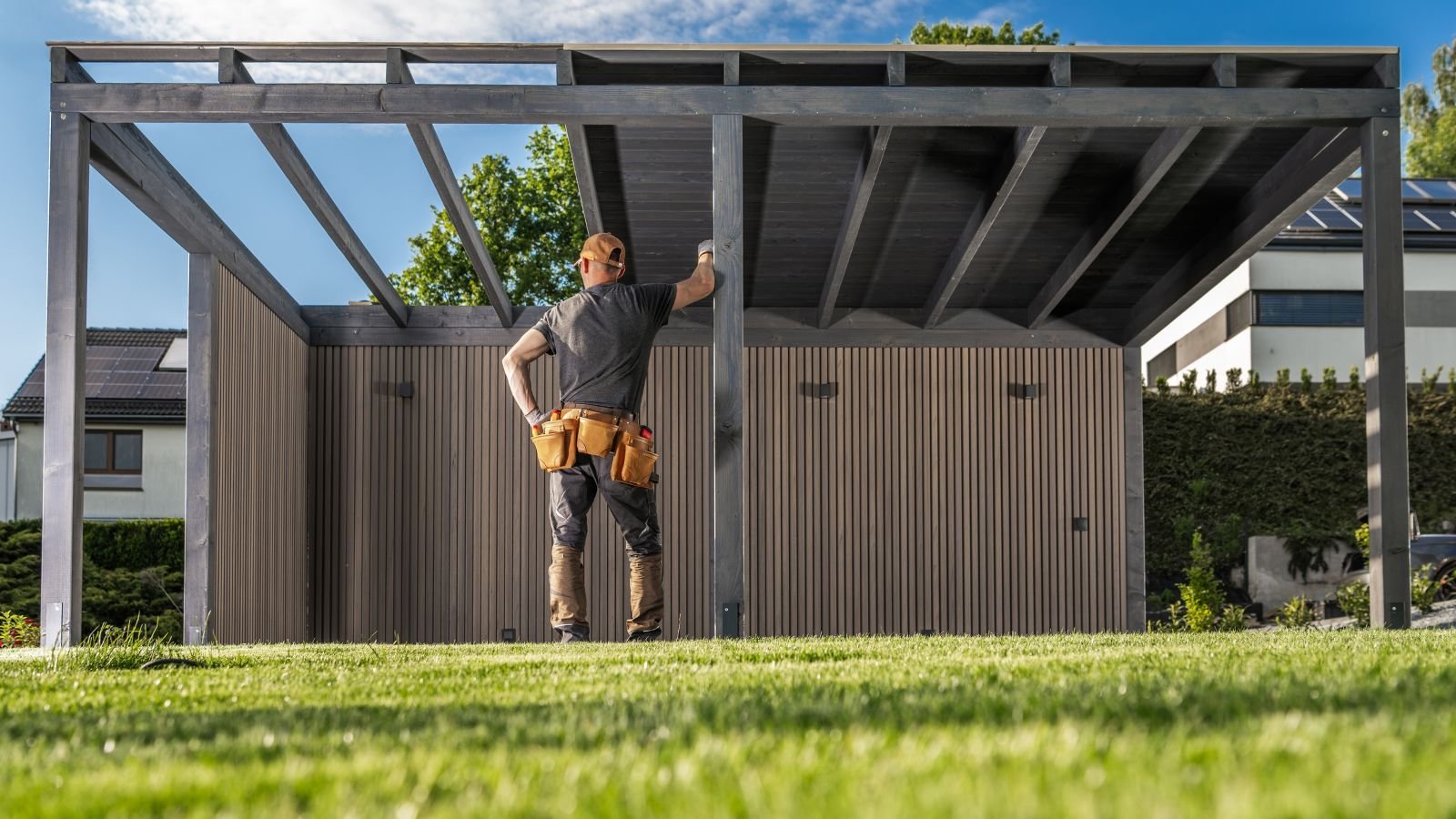
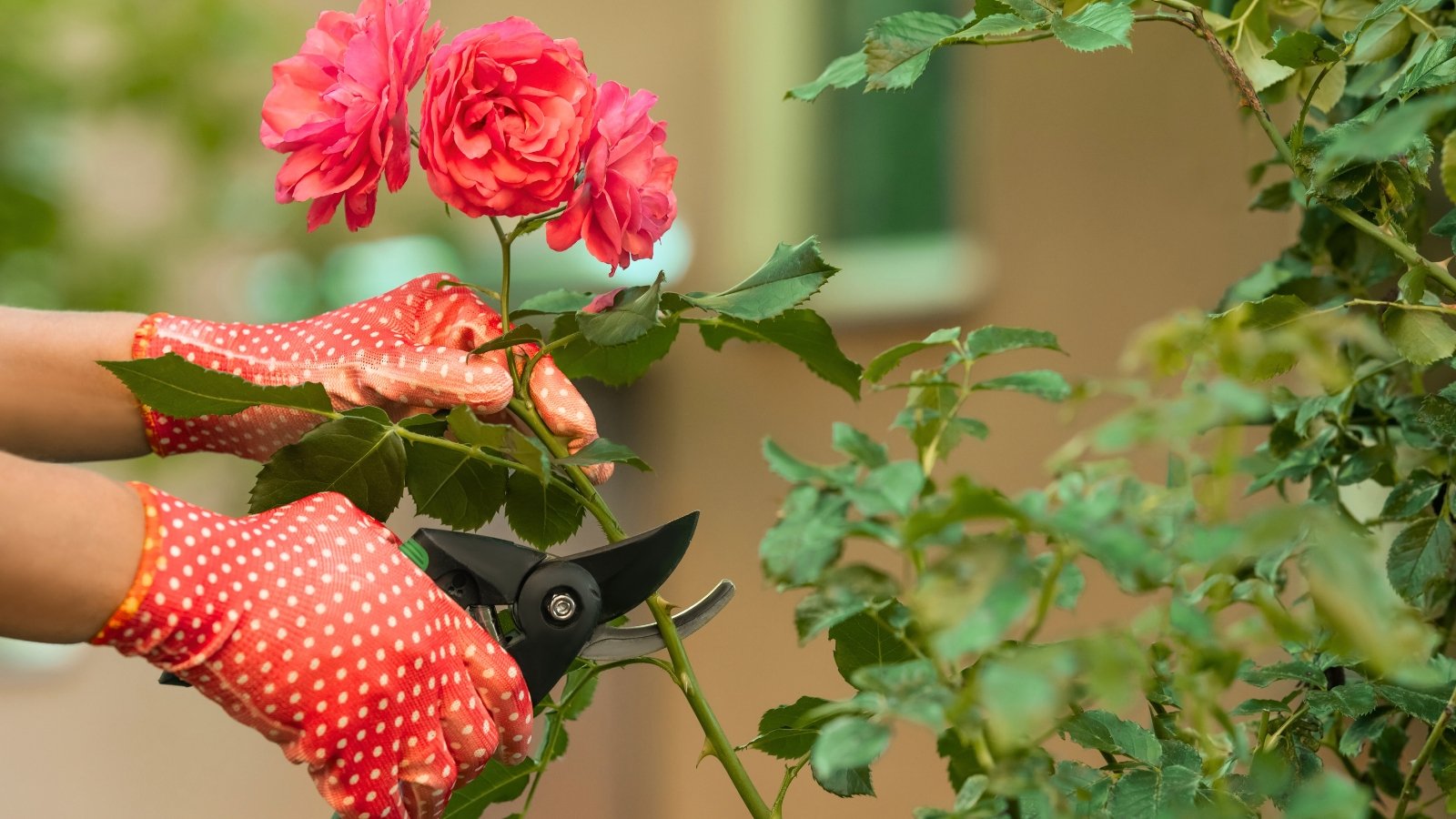


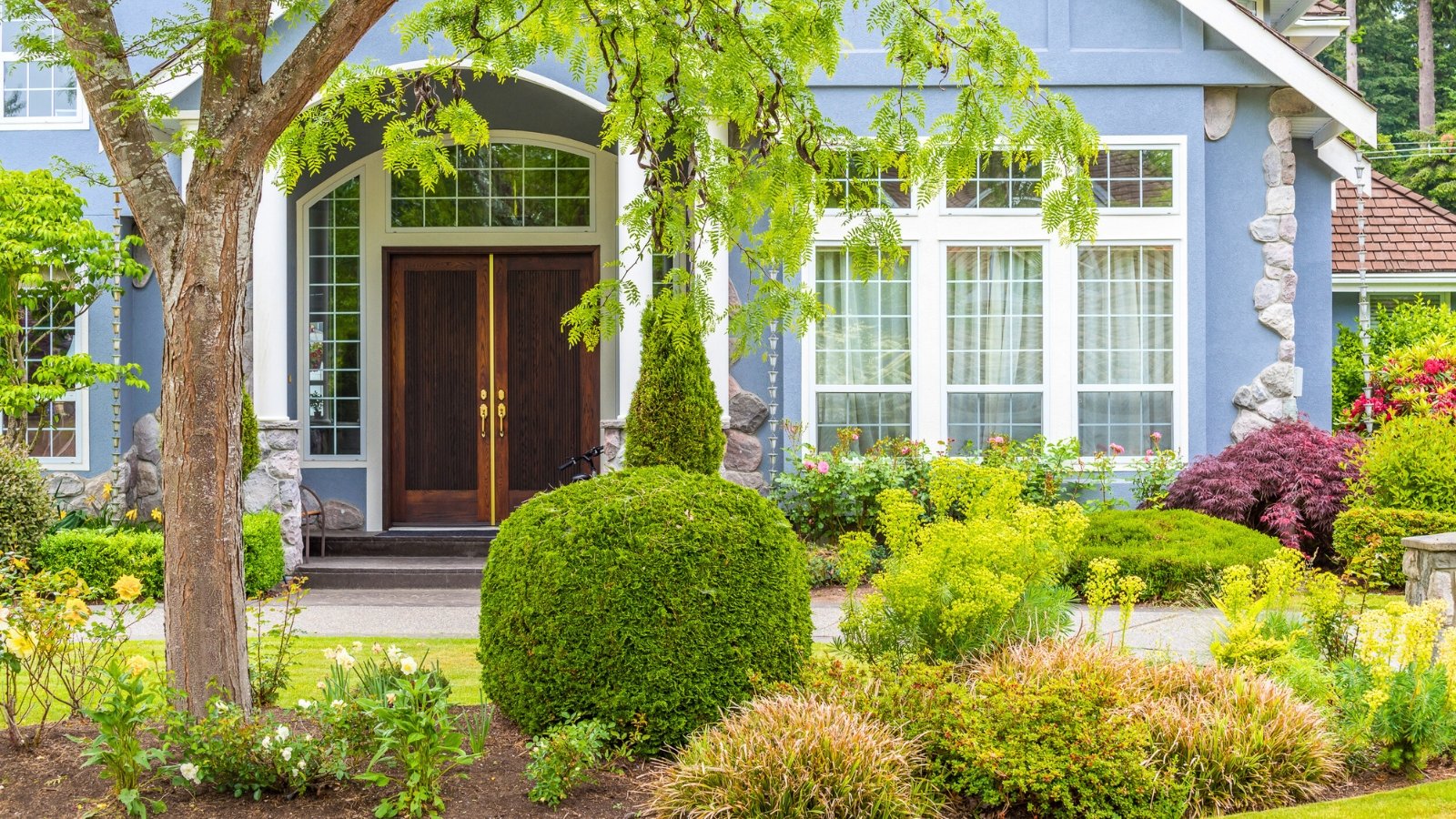














 English (US) ·
English (US) ·  French (CA) ·
French (CA) ·